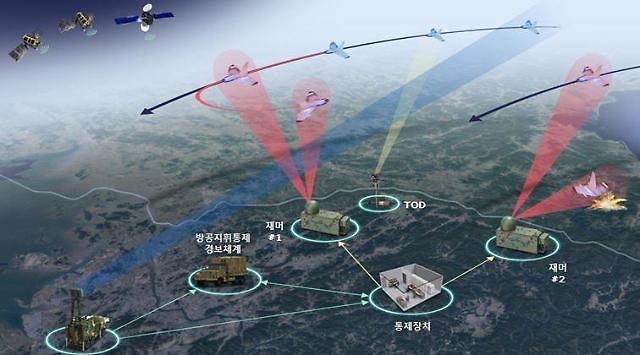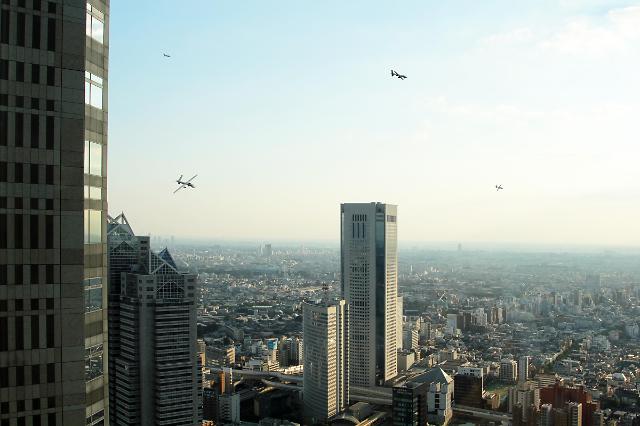
[Courtesy of LIG Nex1]
South Korea has strived to establish an anti-drone infrastructure to neutralize them before abnormal drones reach the country's key facilities. In December 2022, five North Korean drones flew into South's airspace but the South Korean military failed to identify the incursion. In February 2023, the central city of Daejeon revealed its plan to build an anti-drone infrastructure for national agencies including a military organization.
LIG Nex1 said in a statement that the company signed an agreement with the Korea Airports Corporation to install a drone detector at Gimpo International Airport. A consortium led by the dense contractor would install the device within 2023. Starting with the project, LIG Nex1 aims to gain a competitive edge in the anti-drone market by developing and supplying integrated solutions capable of detecting and neutralizing illegal drones at airports in South Korea and abroad.
"We will contribute to upgrading South Korea's anti-drone technology with our system integration experiences in every defense sector including aerospace, guided weapons, surveillance and reconnaissance, communications, and avionics and electronic warfare," LIG Nex1's electronic warfare division head Jang Young-jin said in a statement on May 31.
Other domestic companies have also made a foray into the anti-drone market. An anti-drone solution developed by K-NETZ, an IT company, completed its demonstration in South Korea’s defense forces in 2021. The solution consisting of an active electronically scanned array (AESA) radar, an infrared thermal imaging camera, a jammer system, and a ground control tower can detect an ultra-small drone about eight kilometers (4.9 miles) away.




